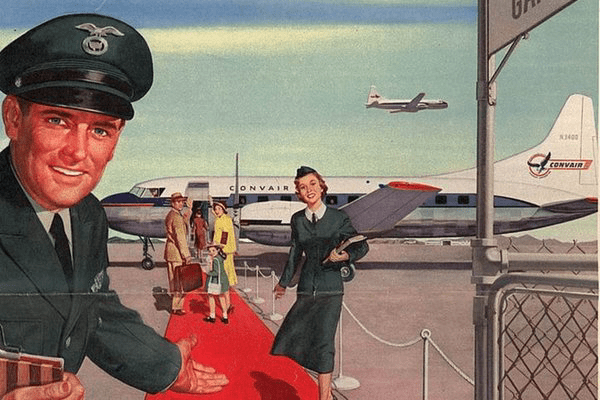Sometimes aviation journalism is a gift that just keeps giving. In a beautiful coincidence, EASA and the FAA released their latest thoughts, one advocating for a more in-depth single-pilot strategy, the other encouraging enhanced flightpath monitoring.
EASA released news that it is lobbying the International Civil Organisation (ICAO to you and me) to develop enhanced automation standards to allow single-pilot airliner operations. Across the pond, the FAA issued an advisory circular emphasising CRM and maintaining the traditional stick and rudder skills.
 EASA asked ICAO to develop a structure “for a safe and globally harmonised introduction of large aeroplane commercial air transport (CAT) operations with optimised crew/single-pilot operations while ensuring an equivalent or higher level of safety compared to that achieved in current operations.”
EASA asked ICAO to develop a structure “for a safe and globally harmonised introduction of large aeroplane commercial air transport (CAT) operations with optimised crew/single-pilot operations while ensuring an equivalent or higher level of safety compared to that achieved in current operations.”
At the FAA, their latest circular details Flightpath Management, an essential concept in many controlled flight into terrain (CFIT) events. The US regulator is concerned that there may be an over-dependency on automation and that crews should continue to be trained on “how to fly the plane” boss. Keeping airline crews engaged in what has become an automation monitoring task is an ongoing issue, and the FAA wishes to highlight this issue at all stages of pilot training.
So, how does EASA justify its call for single-pilot operations when the world’s other aviation police think there is a danger of the pilots letting the automation do its own thing? Let’s take a look at some recent news from FAA land.
|
“Envoy Air, a regional carrier and subsidiary of American Airlines, confirmed Tuesday that a pilot who suffered a medical emergency during a flight has died. The flight departed Chicago O’Hare International Airport on Saturday and returned shortly after takeoff due to the captain reportedly being incapacitated.” |
 |
Is it me, or would EASA’s plans ” ensure an equivalent or higher level of safety than that achieved in current operations”? How good does the automation have to be to turn around an A380 in a high-power climb on a dark and stormy night with the cabin crew smashing the flight deck door down, accompanied by what I can only imagine would be a good deal of screaming? It would have to be better than the FAA think it is, even when it is working perfectly.
Or are there other factors at play here? How much lobbying is there from the airlines and the OEMs? It’s peculiar that two of the world’s most respected authorities have differing views. It’s hard to reconcile single-pilot ops that also comes with enhanced safety when you read the Envoy news above.
I know Garmin can get your Cirrus back on the runway with just a button, but who presses the button? Who decides to return to base? The aircraft would probably have followed the SID, and with the poor sky god slumped on their document tray, how long would it be before anyone noticed? Two missed calls from ATC, and the signal is sent? Maybe a continued grip on a handle like trying to get your heart rate found on the gym’s treadmill? On return from the ablutions, poor old Peter, the automation monitor, finds himself returning to whence he came, and there’s nothing he can do about it.
Perhaps it would be safer not to have anyone at the pointy end who stands a chance of failure? Now I’ve said it…



